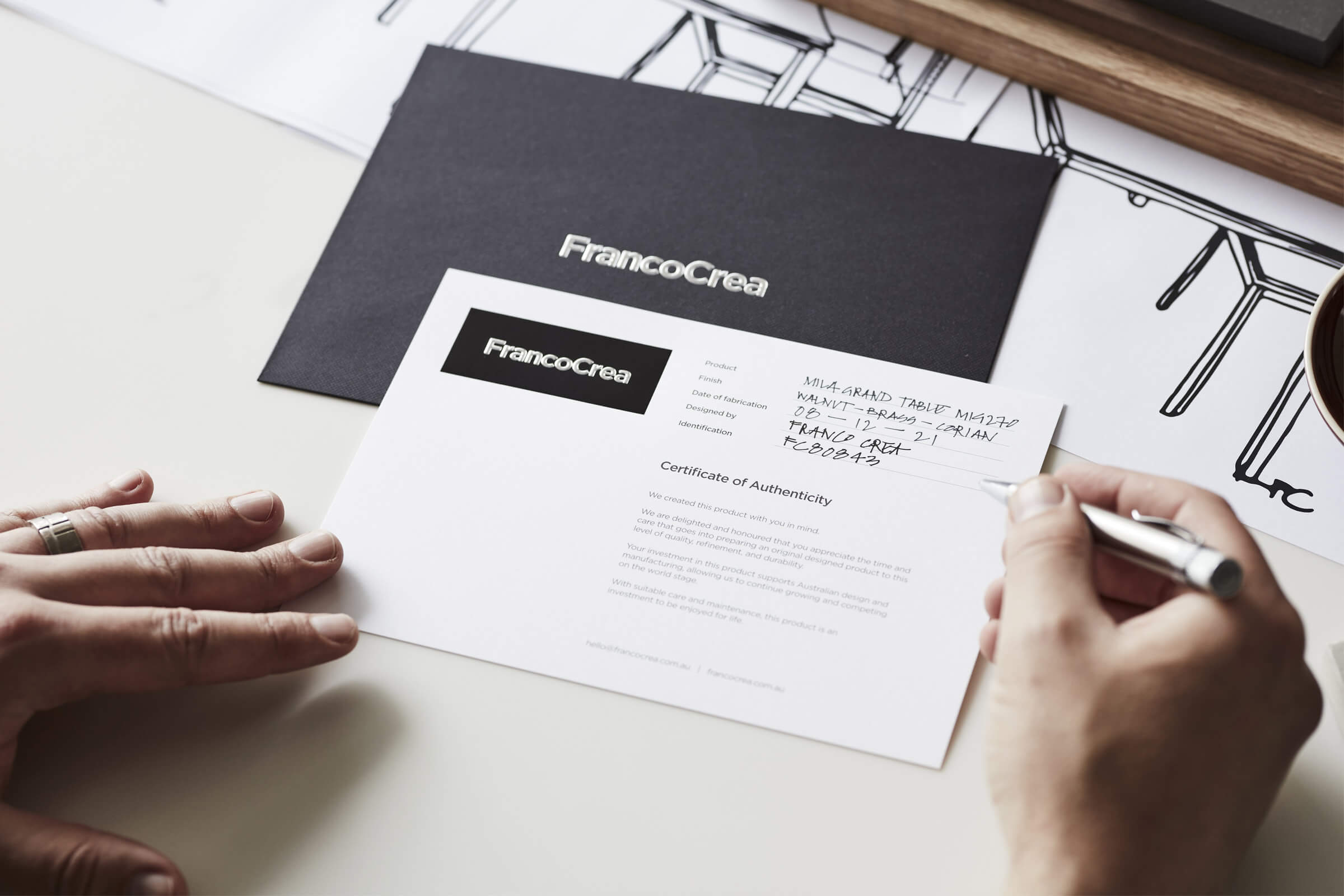
NGV Melbourne Design Week 24
Who-What-Where; An antidote to fast furniture, our NGV Melbourne Design Week 24 exhibition, encourages us all to be inquisitive about the pieces we buy.
We tasked the exhibition with the aim of empowering us all as individuals to be the antidote to socially and environmentally determinantal fast furniture trends.
By asking the right questions, we can all play our part in reversing the toxic fast furniture culture. If you missed our exhibition, read along below and discover more.
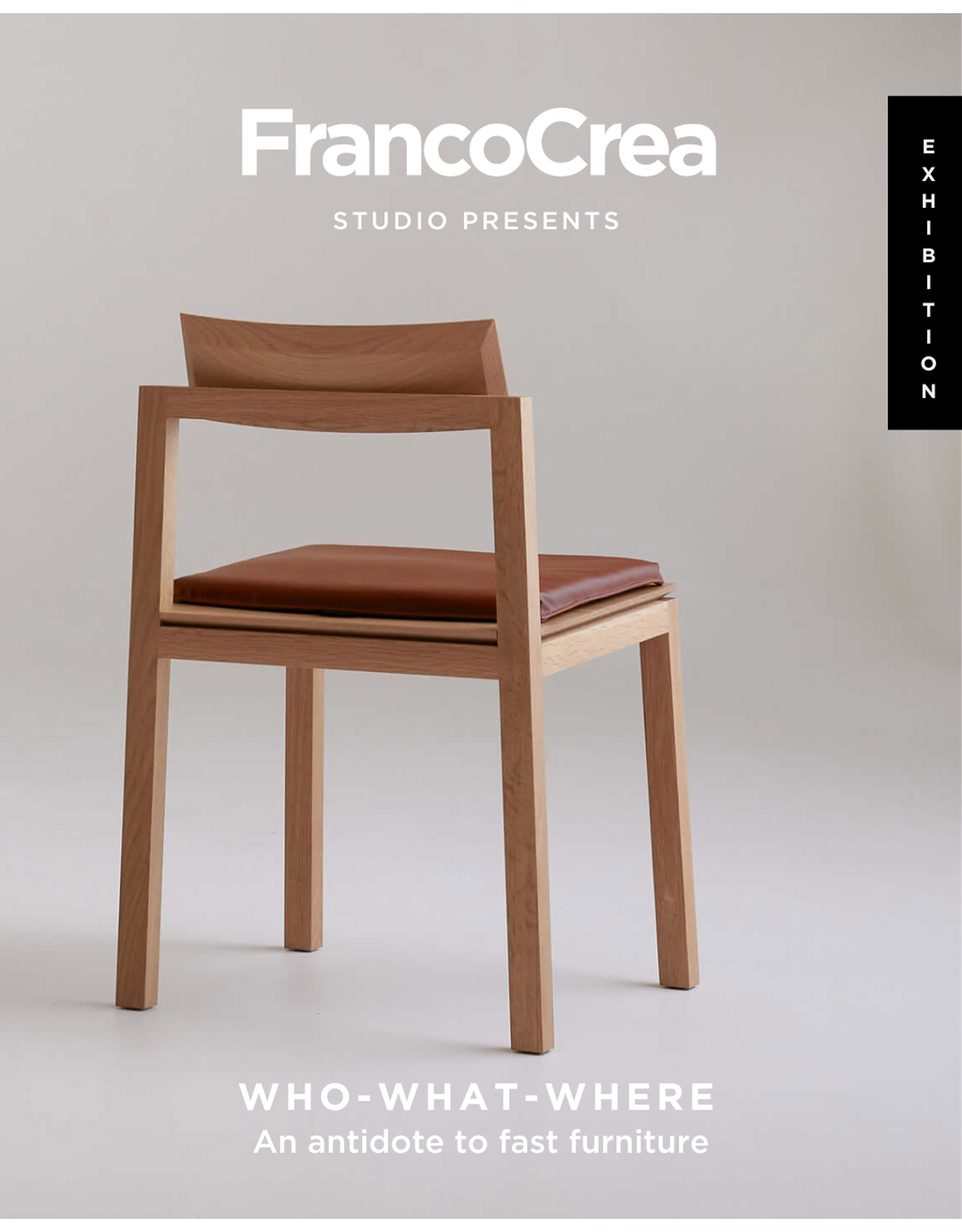

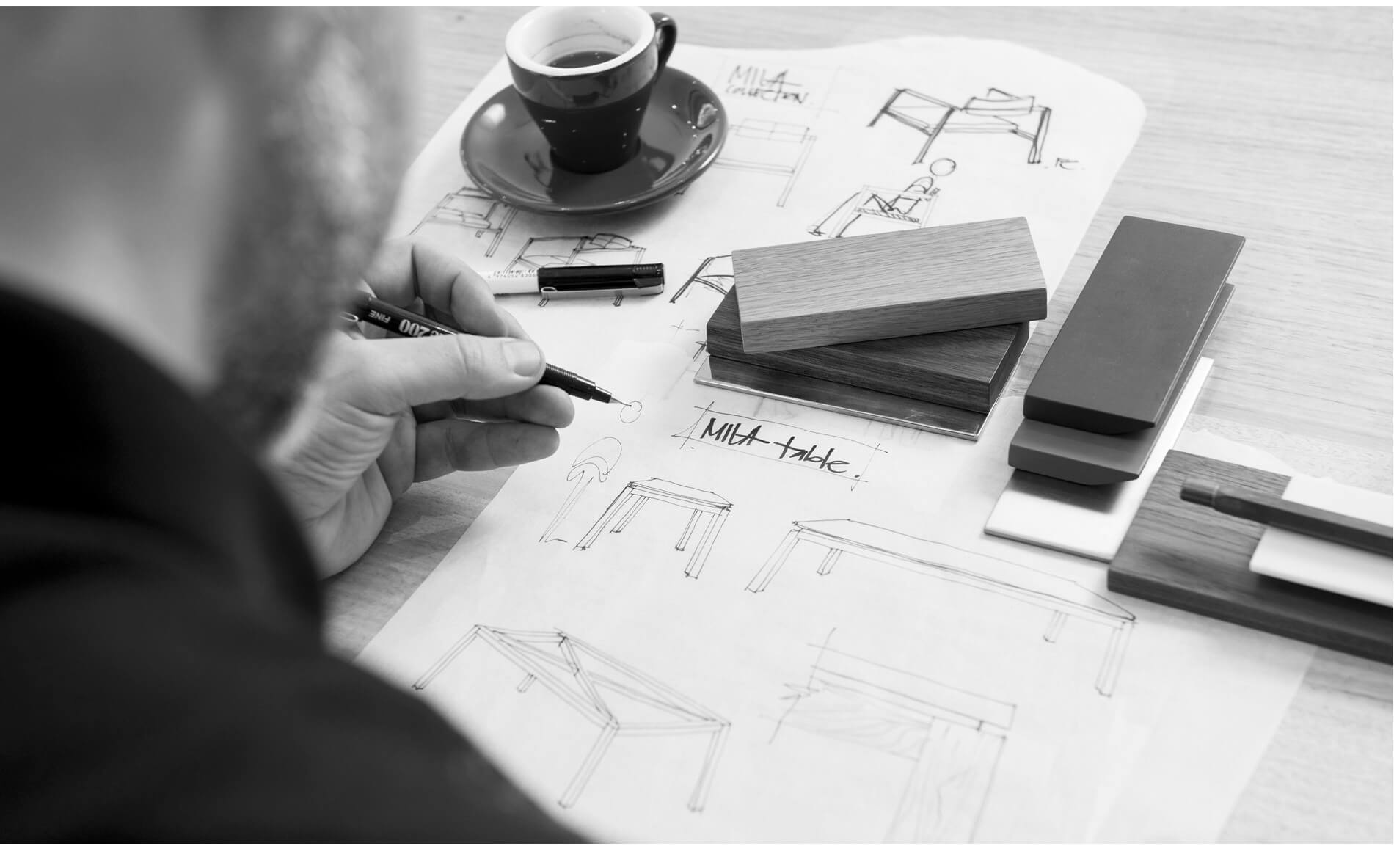
WHAT is fast furniture?
Firstly let’s outline what fast furniture is, and why we need an antidote to it.
Fast furniture is a term that refers to imitation/fake/replica/knock-off furniture, which is designed to mirror the appearance of genuine pieces but is produced by companies without the necessary authorization. This practice is similar to the tactics employed in the fashion industry, where counterfeit handbags are crafted to mimic genuine items, often sold to consumers who believe they’re purchasing the real deal.
Such replica furniture is intentionally misleading, frequently deceiving consumers into believing they are purchasing an item identical to the original. However, these copies often fall short in various aspects, such as the quality of materials used and hidden manufacturing processes. They may even pose ethical and safety concerns for the workers involved. In certain cases, the inferior materials used as substitutes could potentially be harmful or toxic.
This is the reality of fast furniture.
Below we share some critical questions to ask when purchasing your next special pieces to help you make the best informed decisions.
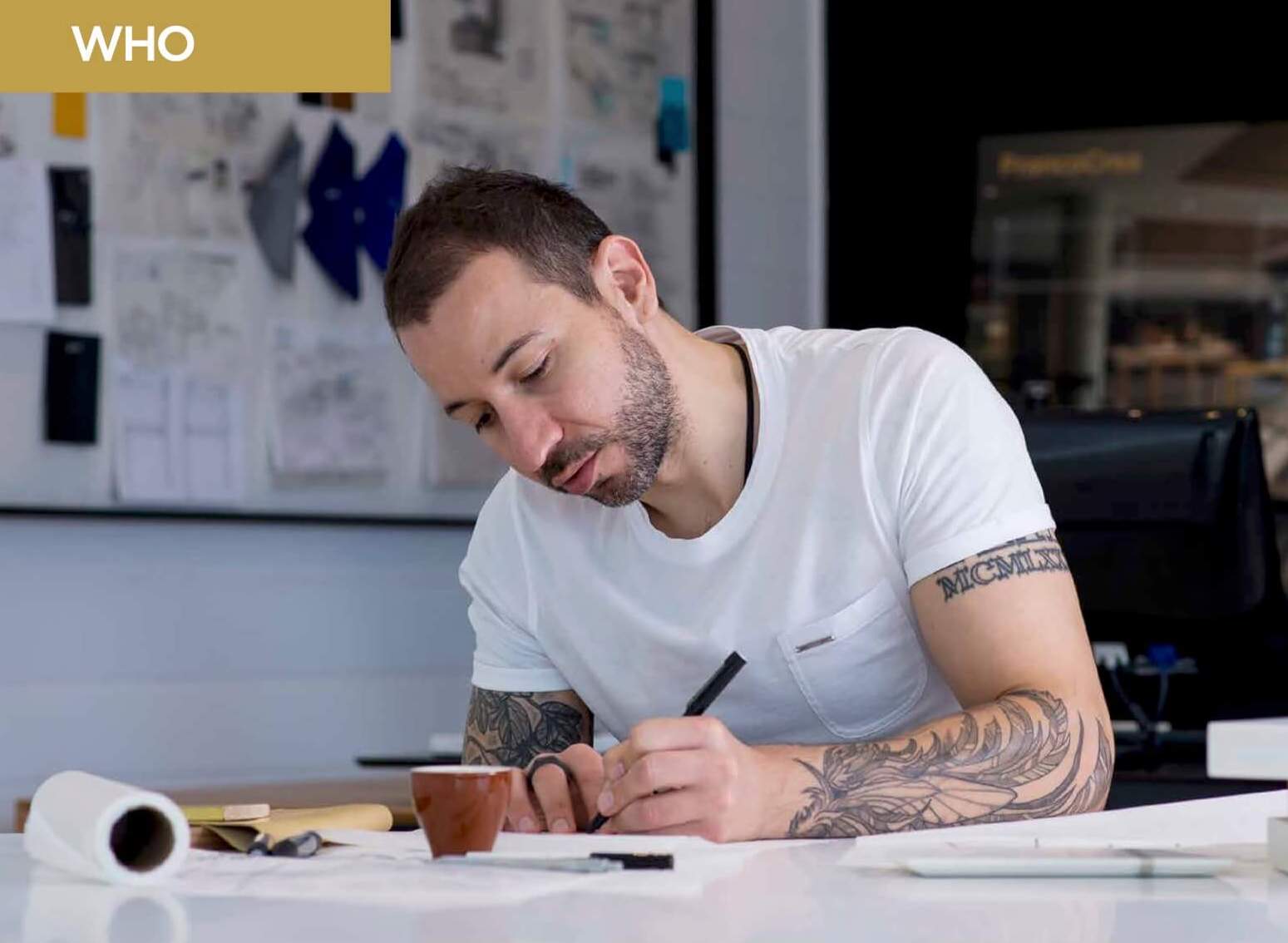
WHO is the designer?
As a guide to original and authentic furniture designs, knowing who the individual designer is can make all the difference.
Do you know who the actual designer of the piece you’re looking to buy is? Establishing a designer’s history, journey, and unique design language is key to identifying unique and original designs when compared to fake fast furniture.
Their work’s geographical roots and aesthetic detailing often contribute to recognising if the piece you’re looking at is a fake replica.
Designers with a consistent approach to their craft maintain a signature style that doesn’t tend to follow trends. Instead, they prioritize a strong visual aesthetic, ensuring their pieces age well and remain visually appealing for many decades. Purchasing designer furniture is similar to acquiring an original painting or watch. You’re investing in the designer’s vision, and such an investment can hold its value over time.
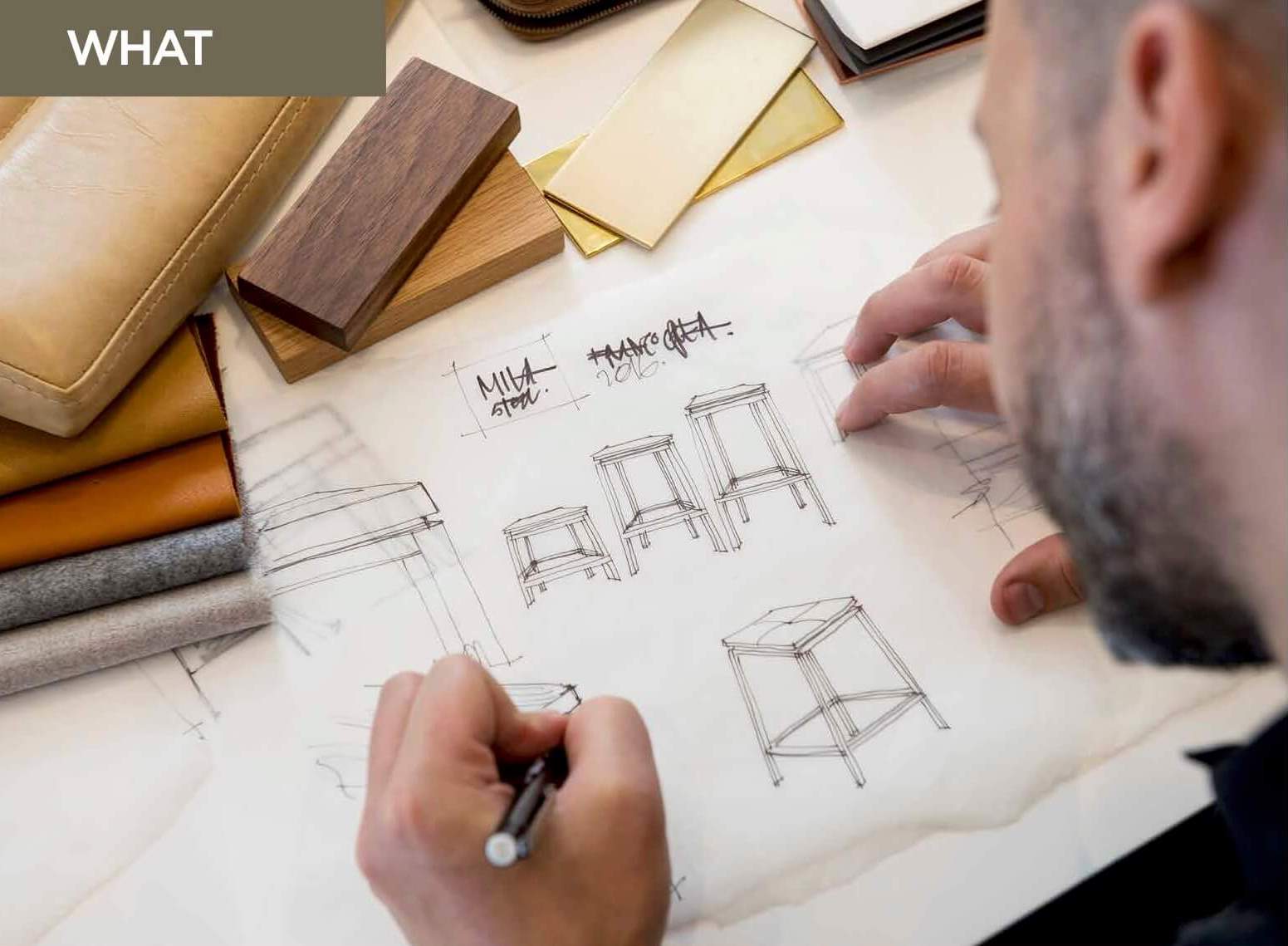
WHAT are you really getting?
Investigate whether the piece you’re considering is an original creation or a less valuable counterfeit knock-off. Couterfiet dupes hold no value.
Be aware of sellers who may imitate others’ designs and sell them as their own. Have they stolen someone else’s design intellectual property?
Assess the quality and materials used. Choose robust materials that can be refurbished over time, ensuring longevity for future generations. When it comes to the description, don’t take it at face value. A ‘walnut’ piece could be merely a ‘walnut stain’ rather than genuine walnut wood. It’s crucial to discern whether you’re getting the real material or a less costly substitute. Always be proactive and ask for more details if something seems unclear. This way, you can avoid potential disappointments.
Finally, establish whether the piece is mass-produced or individually crafted, which can inform you about its rarity and exclusivity. Consider if you’d prefer a more limited piece that could help maintain its value over time.
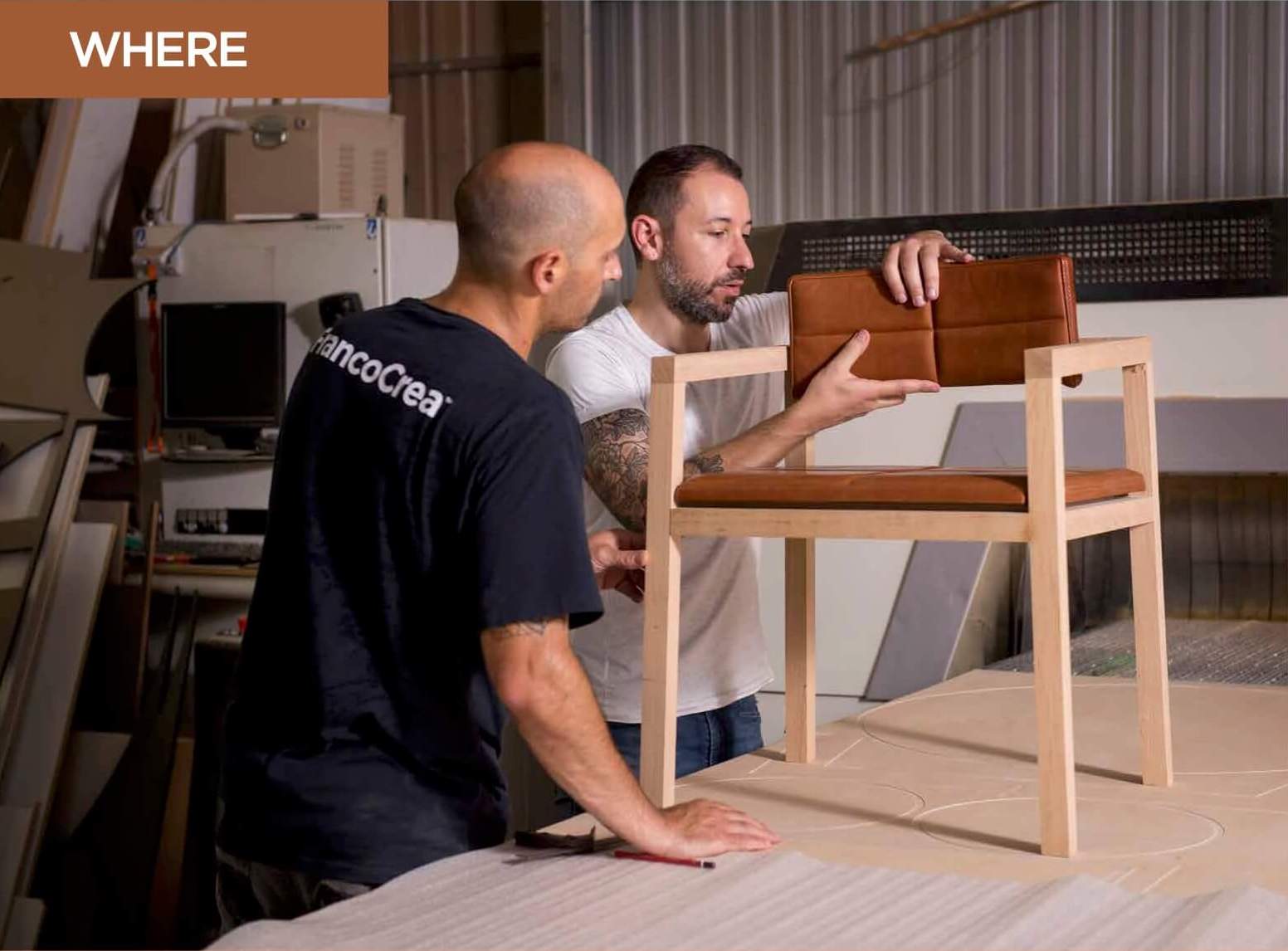
WHERE is the piece actually made?
Establishing where a piece is produced may provide clues to determine if it is an original or a counterfeit knockoff.
Does its origin of manufacture correlate with where the original designer crafts their pieces? If not, this is a strong indication the piece is a replica knock-off.
Consider where the piece is produced and under what conditions. Is it crafted under ethical and safe working conditions for workers?
Are materials such as glues and adhesives regulated where it is crafted to ensure they are non-toxic for workers and the end user alike? Is there transparency around how materials are responsibly and sustainably sourced?
All these questions help us understand the value of the furniture piece you are considering, and on a grander scale, the life cycle and impact the item has on us and the planet we share.
